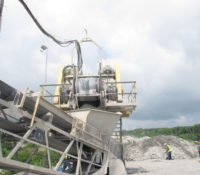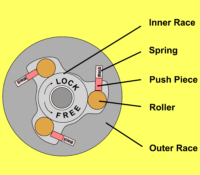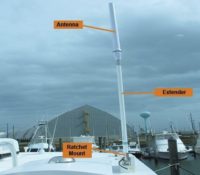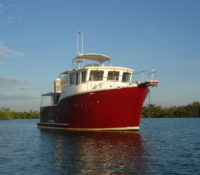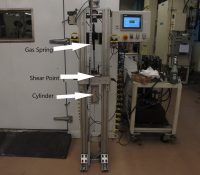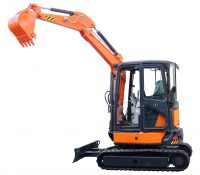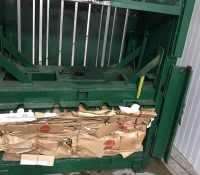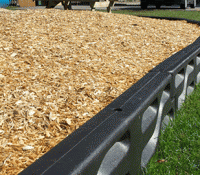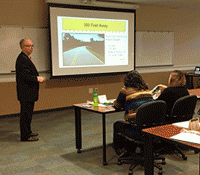Dr. Jeff Warren is Chief Engineer and CEO of The Warren Group. A licensed professional engineer in multiple states, he holds a BSME from UNC Charlotte as well as MS and Ph.D. degrees in Mechanical Engineering from Virginia Tech — all with machine design emphasis.
A former research engineer for DuPont at the Savannah River Laboratory, Jeff designed, patented and built an incinerator to burn radioactive waste. Later, Jeff was chief machine designer and owner of Warren Engineering Company, Inc., which designed and built special machinery for manufacturing automation. He combined his passion for keeping people safe with his knowledge of mechanical engineering, machine design, risk assessment and safety to pursue a career in forensic engineering.
He is a Certified Safety Professional and has investigated more than 2000 claims involving machinery, equipment and products since 1987. He’s also testified in several hundred depositions and more than 85 trials in state and federal court. He has successfully passed Daubert challenges. Jeff was on the committee that authored ANSI B11.TR3-2000 entitled, “Risk Assessment and Risk Reduction – A Guide to Estimate, Evaluate and Reduce Risks Associated with Machine Tools.”
Jeff regularly investigates personal injury and wrongful death product liability claims as well as property damage claims involving machinery and equipment in both manufacturing and construction workplaces for both the plaintiff and the defense. Jeff can talk to a jury. He has a way of making complicated mechanical engineering, machine design, risk assessment and safety concepts understandable to the ordinary person. He is a court-qualified expert in mechanical engineering, machine design, risk assessment and safety.



